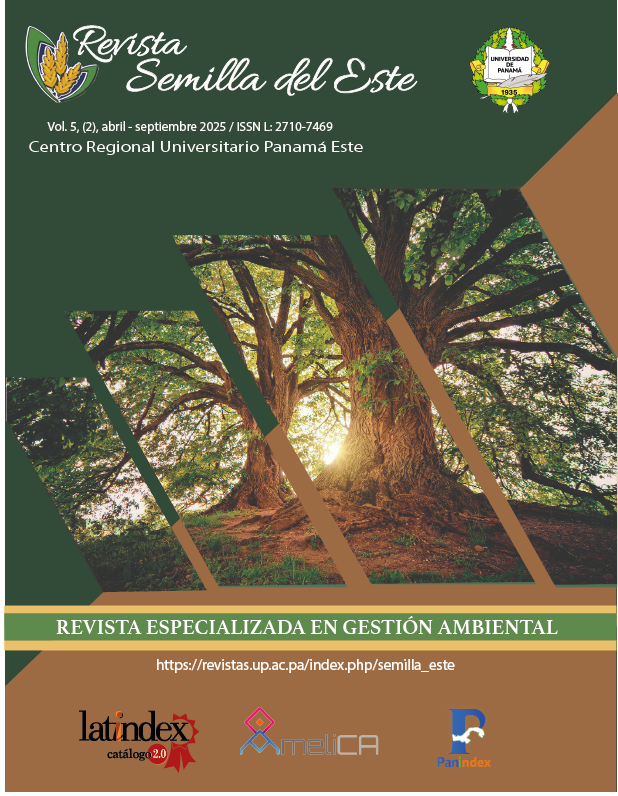

Copyright (c) 2025 Revista Semilla del Este

This work is licensed under a Creative Commons Attribution-NonCommercial-ShareAlike 4.0 International License.
This review analyzes the properties, current uses, and potential of nance (Byrsonima crassifolia), highlighting its nutritional and functional value, as well as the opportunities for its industrialization in Panama. To this end, a systematic review of the scientific and technical literature was conducted, covering studies published between 2014 and 2024 in databases such as PubMed, Scielo and ScienceDirect, in addition to including information from government sources and reliable publications. The results indicate that nance is a fruit rich in antioxidants, fiber and carotenoids, characteristics that make it a valuable ingredient in the food and pharmaceutical industries. In Panama, nance is mainly used in traditional preparations, such as the “pesada” and “duros”, while in other countries it is used for the production of liquors and preserves. However, its industrialization faces barriers such as the lack of infrastructure and advanced post-harvest preservation technologies, which limit its integration into wider markets. The study identifies opportunities to developed and implement innovative systems that extend the fruit's shelf life and diversify its use in higher value- products. Despite these limitations, nance has the potential to contribute significantly to the economic development of rural communities, particularly if its sustainable cultivation and industrial transformation are promoted through public policies and strategic investments. In this context, nance emerges as a resource with unique characteristics, capable of becoming a key element for socioeconomic development in tropical regions.